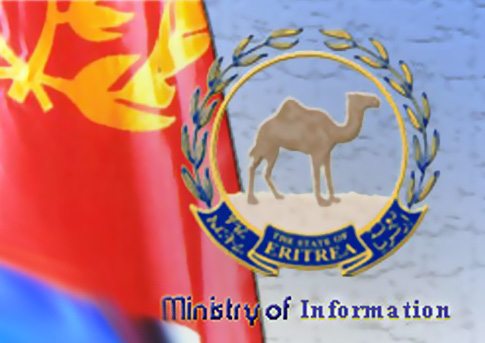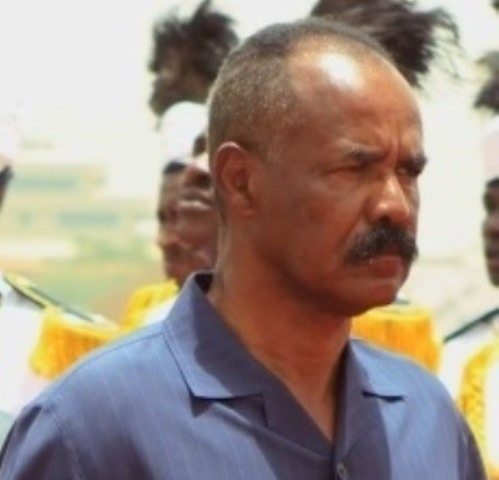UN Office for the Coordination of Humanitarian Affairs
Consolidated Appeal for Somalia 2012
Updated Date: 14 December 2011
Increased emergency humanitarian aid in the latter half of 2011 proved to have a significant impact in Somalia, where the number of people living in crisis conditions had jumped from 2.4 million at the start of the year to four million by September 2011. The deterioration in the humanitarian situation is principally due to failed rains and continued obstacles to humanitarian access. Without the generous response of donors since the onset of the famine in July, the situation would have become far worse.
Indeed, three of the six regions where famine was declared—Bay, Bakool and Lower Shabelle—were lifted out of famine by November, although they remain at pre-famine levels. However, the humanitarian community can only sustain these improvements if the current level of emergency assistance continues. Famine persists in parts of Middle Shabelle and among the internally displaced populations of Afgoye and Mogadishu. Humanitarian action has reduced the number of people facing famine conditions, but four million Somalis remain in crisis, with 250,000 people still at risk of imminent death.[1] The onset of the Deyr rains is welcome for cattle and livestock production, but they have also brought an increase in water-borne disease. Even as aid organizations scale up operations further, the humanitarian situation is expected to worsen and the crisis to continue well into 2012.
While the current emergency in southern Somalia – where three-quarters of the four million Somalis in crisis live – is a result of a combination of factors, ultimately drought and conflict are the main drivers. The poor performance of the rains since late 2010 led to the worst annual crop production in 17 years, excess animal mortality, and below-average livestock prices. Food prices haveincreased by over 200% since 2010, seriously impacting the purchasing power of poor and vulnerable households.
Despite a complex environment of conflict, clan rivalry and displacement, limited access in many parts of southern Somalia, and inadequate funding during the first half of the year, the humanitarian community managed to scale up its response mainly using local and international partners that have wide presence in the various regions. Mass vaccination campaigns reduced cases of measles by almost 50%. More than 2.6 million people received food aid and 1.2 million people had new access to clean water by October 2011. At the same time over 650,000 people received emergency assistance packages, and nearly 460,000 acutely malnourished children received nutrition interventions. In order to enhance resilience, more than 1.7 million people received livelihood support by October 2011. Tremendous efforts were made to meet the requirements, but given the exponentially increased needs over the past year as an additional 1.6 million people fell into crisis, compounded by continued extreme access limitations in the south, it was not possible to adequately meet all levels of need.
In order to address the immediate humanitarian needs of four million Somalis, the Somalia Humanitarian Country Team endorsed four strategic priorities:
* To provide life-saving assistance to people living in famine and humanitarian emergency in order to reduce mortality and prevent further displacement.
* To protect and restore livelihood assets through early recovery, resilience-building, emergency preparedness and disaster risk reduction, and improving social and productive networks.
* To provide a minimum package of basic services.
* To strengthen the protective environment of the vulnerable population.
The focus of the strategy and supporting projects in the 2012 Consolidated Appeal will be on reducing malnutrition rates, preventing further displacement by assisting people where they live before they are forced to move, and assisting people who are on the move or stranded. In areas where access remains difficult, the humanitarian community will capitalize on innovative programming such as cash-based and integrated food security activities to improve the lives of those in need. Interventions will help ensure that not only will life-saving assistance be provided, but also resilience will be built, thereby reducing dependence on humanitarian aid and ensuring households can withstand future shocks. The strategy of using partners and other networks to assist populations in areas where access remains challenging will continue. In accessible areas of Mogadishu and southern and central Somalia, the increased international presence is expected to continue, thus improving operational coordination. The positive engagement of new partners will also continue in 2012, and more linkages and partnerships will be established, particularly with those that have comparative advantages working in the south.
The 2012 consolidated appeal process brought together hundreds of humanitarian actors who carefully reviewed needs assessments and developed streamlined and coordinated cluster response plans targeting those most in need. The Somalia 2012 Consolidated Appeal includes 350 projects from 148 organizations coordinated by nine clusters plus Enabling Programmes. The appeal requires US$1.5 billion[2]to respond to the most urgent life-saving needs of four million people.
Footnote:
[1]FSNAU/FEWS NET press release dated 18 November 2011.
[2] All dollar signs in this document denote United States dollars. Funding for this appeal should be reported to the Financial Tracking Service(FTS, fts@un.org), which will display its requirements and funding on the current appeals page.
************
Check the Somalia archive or Famine archive or Hunger archive for previous and forthcoming posts.






1 Comment on this post
Comments are closed.
Leave a Comment